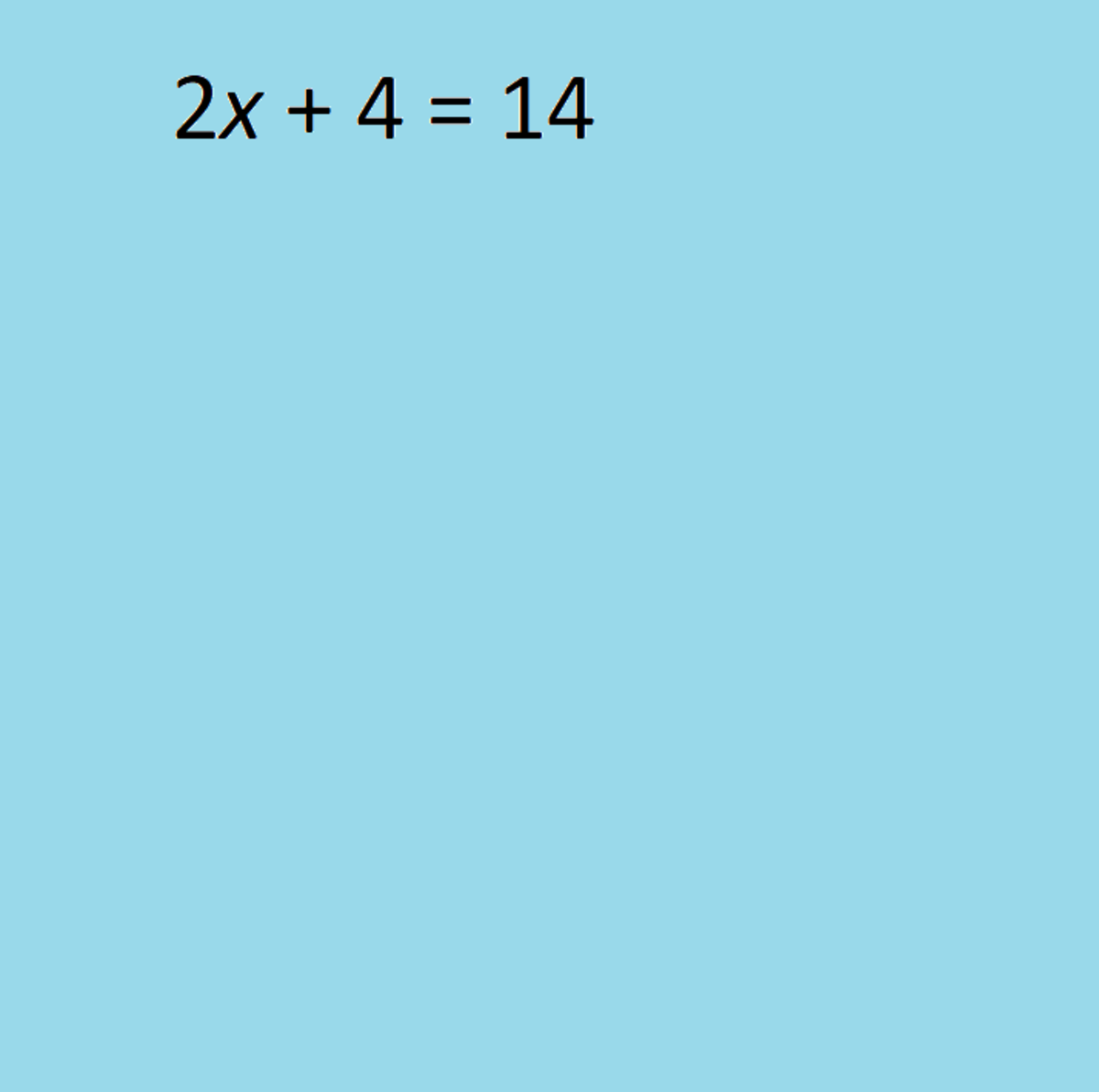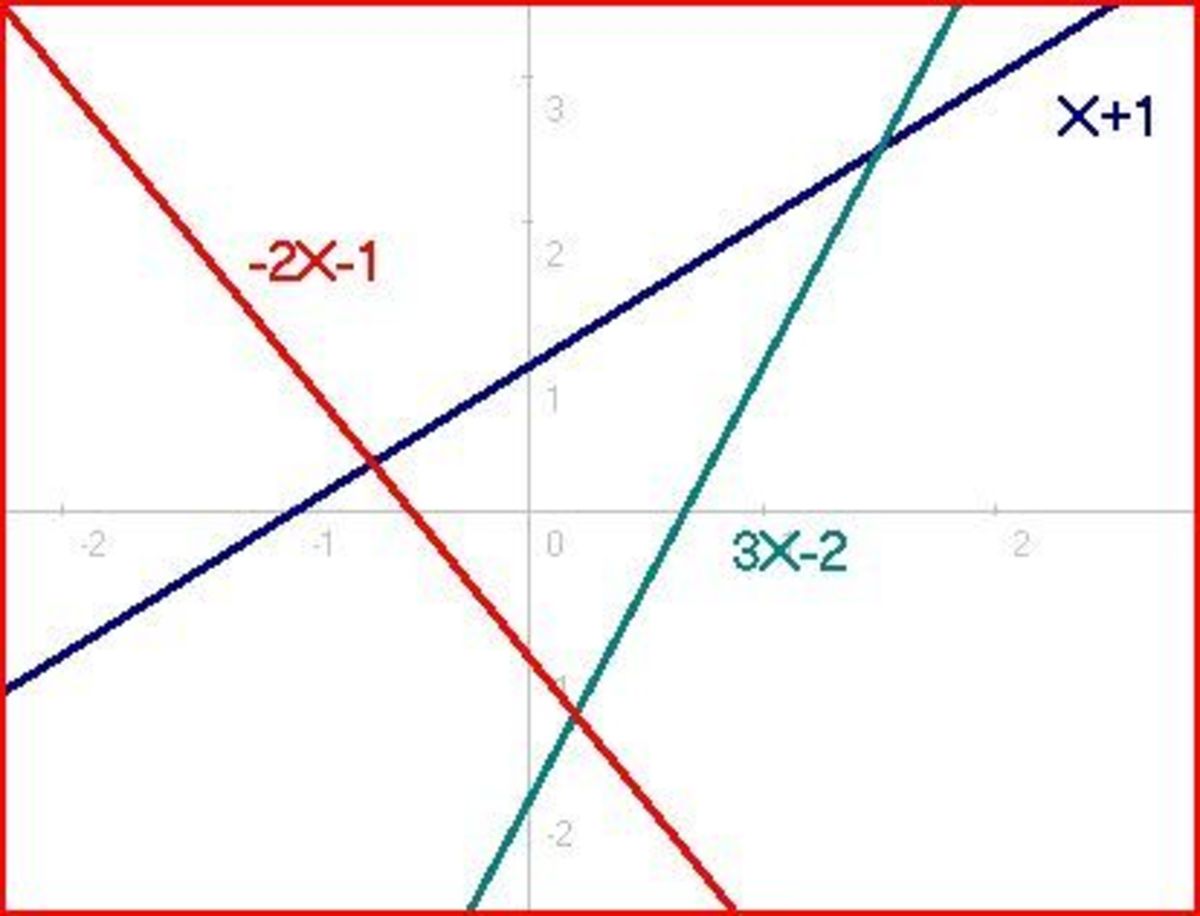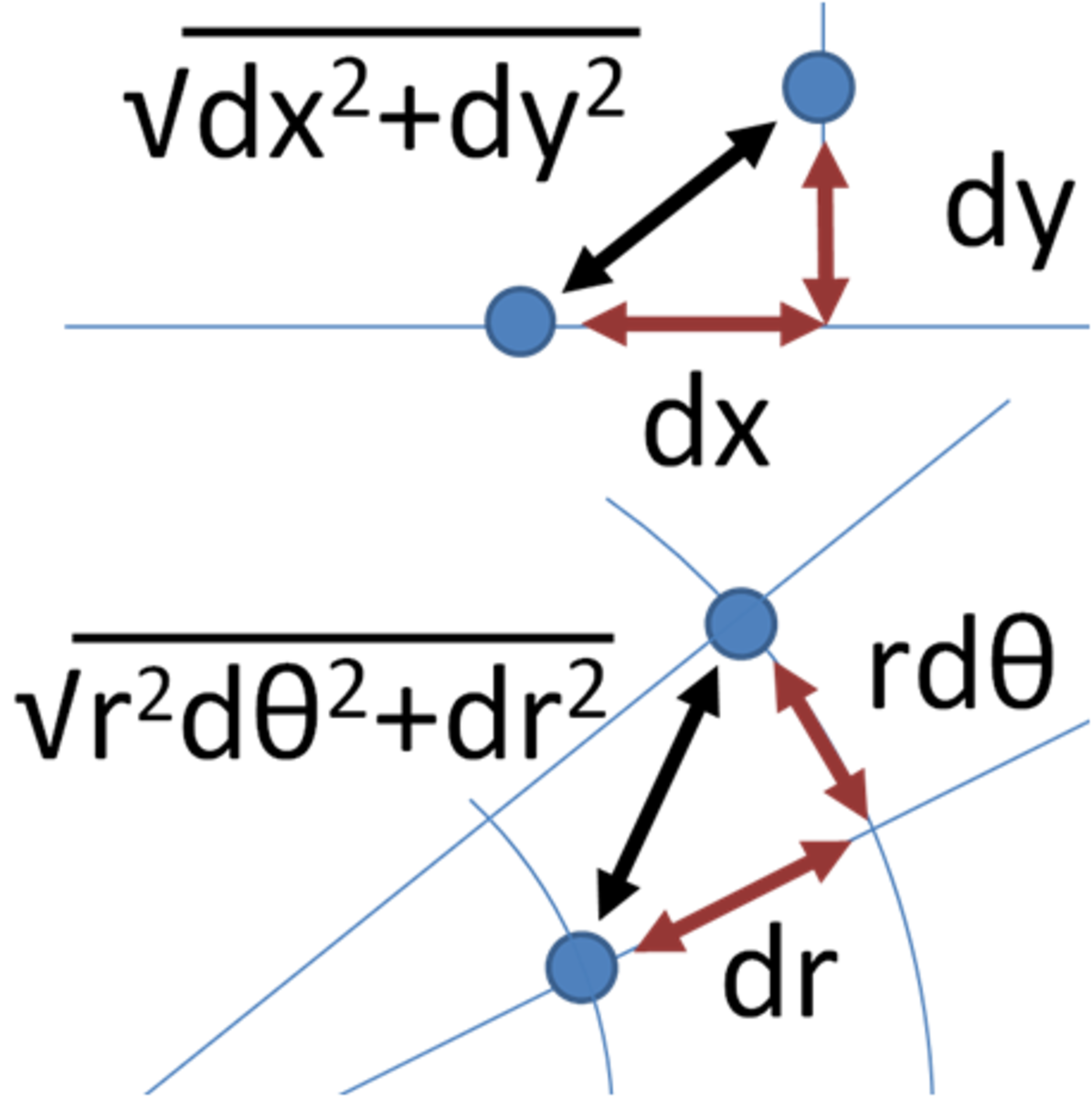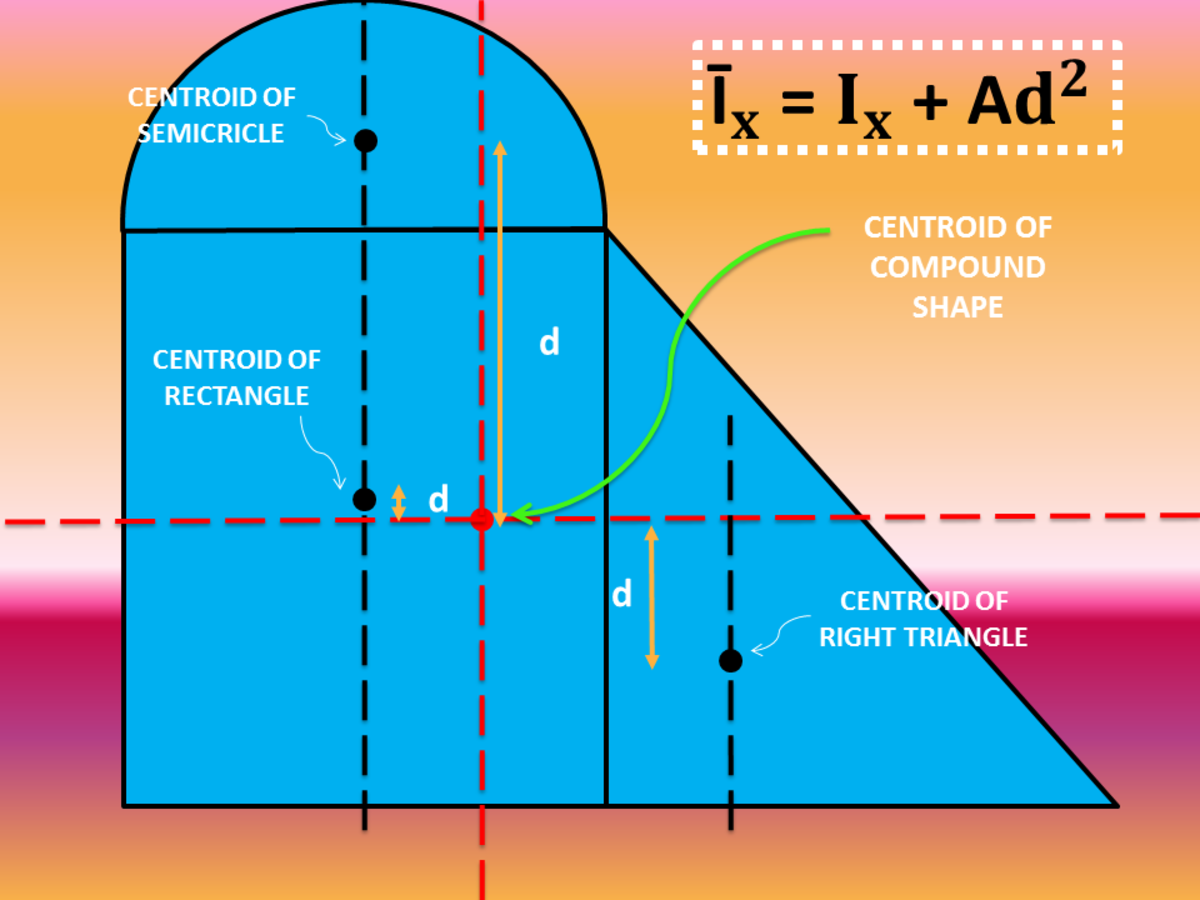2019 GCSE Maths Foundation Exam. 5 Topics to Revise to Achieve a Grade 4 or 5.
1) Equations
Make sure that you can solve simple equations. Solving an equation means you need to find the value of x which balances both sides of the equation. You can solve these equations by applying inverses to both sides of the equation.
Example
Solve
3x + 4 = 19 (take 4 off both sides)
3x = 15 (divide both sides by 3)
x = 5
Also make sure that you can solve harder equations that involve brackets or contain letters on both sides of the equation.
Example
Solve
4(2x – 3) = 3x + 2
8x – 12 = 3x + 2 (always expand brackets first when solving an equation)
5x – 12 = 2 (group the x’s together, by taking 3x from both sides of the equation)
5x = 14 (divide by 5)
x = 2.8
You might also get a simple quadratic equation to solve:
Example
Find a solution to 5x² = 45
x² = 9 (divide by 5)
x = 3 (square root your answer, x = -3 is another possible solution)
2) Ratio
Make sure that you can simplify a ratio. Do this by dividing both sides of the ratio by the highest common factor. The highest common factor is the largest number that two numbers can be divided by without giving a remainder.
Example
Simplify 8:24.
Here the highest common factor of 8 and 24 is 8, so divide both sides of the ratio by 8.
This give 1:3
Sharing an amount by a ratio is also a common question on GCSE exam papers.
Example
Share £350 in the ratio 3:2
First add up the parts in the ratio:
3 + 2 = 5 parts
Next work out the cost of 1 part:
350 ÷ 5 = 70
Now multiply both sides of the ratio by 70 to work out each person receives.
3:2 (×70)
210:140
3) Percentages
Make sure you know how to convert a percentage to a fraction or to a decimal.
A percentage basically means out of 100. So if you need to change a percentage to a fraction, put the percentage on the numerator and make the denominator 100. Also remember to, simplify the fraction if necessary.
Example
Change 20% to a fraction.
20% = 20/100 = 1/5
To convert a percentage to a decimal, divide by 100.
Example
Change 14% to a decimal
14 ÷ 100 = 0.14
Also, you will need to be able to calculate a percentage of an amount. Since you haven’t got your calculator, then you will need to know how to calculate 10% and 5% of a number, and you can use these to work out other percentages.
To find 10% of a number divide the amount by 10.
To find 5% of a number work out half the 10% amount.
Example
Work out 35% of £140.
First calculate 10% and 5%.
10% = 14 (divide by 10) and 5% = 7 (half of the 10%)
So to get 35% of £140 you need 3 of the 10% amounts and 1 of the 5% amount.
14 × 3 + 7 = 49
4) Plotting graphs.
Plotting linear graphs (straight line graphs) is another common exam question on the non-calculator paper.
The best way to plot a linear graph is to do draw out a table of values, and work out the y coordinates. Normally, the table is already drawn out, and you need to fill in the missing coordinates.
Example
If y = 3x -1 complete the table and draw the graph.

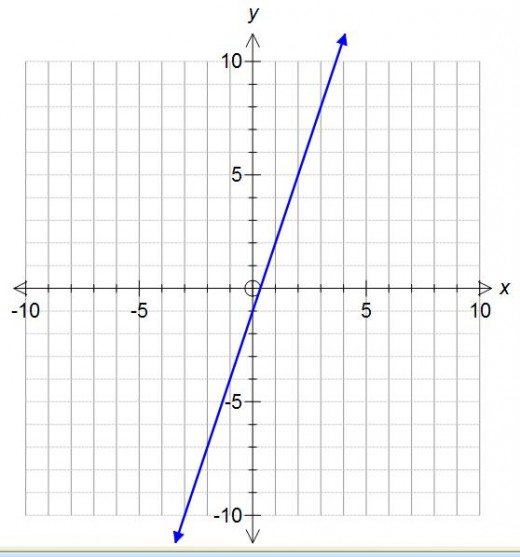
All you need to do is sub in x = -2, x = 0 and x = 1 into the equation.
Do this by multiplying the x coordinates by 3 and taking off 1.
At x = -2, y = 3 × -2 – 1 = -7
At x = 0, y = 3 × 0 – 1 = -1
At x = 1, y = 3 × 1 – 1 = 2
Now all you need to do now is plot the coordinates on the coordinate grid and join up the points. Make sure that you use a pencil and ruler.
Also make sure that you can plot quadratic graphs. These are graphs were the highest power is x². These graphs will come out in the shape of a parabola (curved shaped) and will have one line of reflection symmetry.
For some extra help on plotting graphs try out these links:
Straight line graphs. How to plot a sloping line in math using a table of values.
5) Number sequences.
Number sequences are quite also quite common to most maths exam papers.
Easier questions, you will be just asked to write down the next couple of number in the sequence.
Example
Work out the next two terms in this number sequence:
9,5,1...
Here the sequence is going down in 2’s so the next two numbers in the sequence will be -3 and -7.
However, if you are aiming for a grade C then you will need to be able to calculate the nth term of a linear number sequence. To do this you can use the formula:
nth term = first term + difference(n-1)
As you can see, all you need is the first term in the sequence the value that the sequence is going up in (common difference).
Example
Calculate the nth term of this number sequence:
4,7,10,13,16...
Here the first term of the sequence is 4 and the difference between the term is 3. So put these into the formula above and simplify your answer.
So:
Nth term = first term + difference(n-1)
= 4 + 3(n-1)
= 4 + 3n -3
= 3n + 1
For some extra practice take a look at this hub on number sequences:
How to find the nth term of an increasing linear sequence.
You might also want to take a look at decreasing sequences but this is unlikely to show on you exam:
Finding the nth term of decreasing linear sequences (math help)

